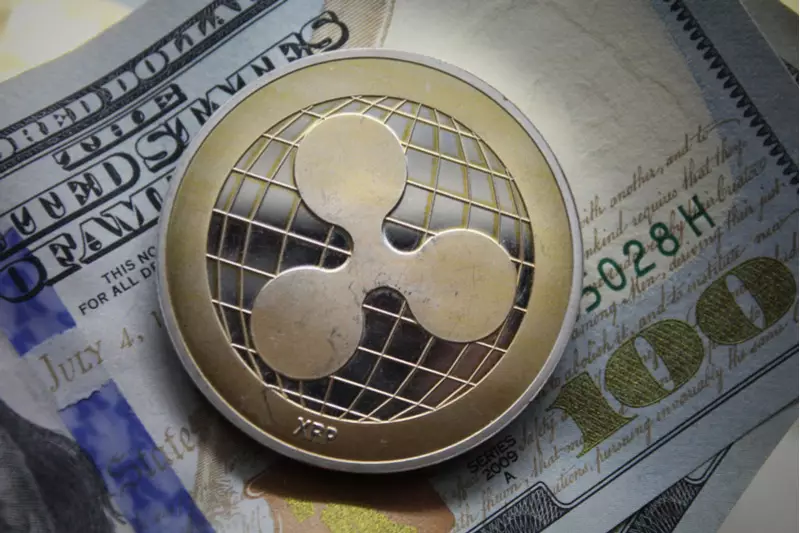Samson Mow, a leading proponent of Bitcoin maximalism and the CEO of JAN3, firmly advocates for the notion that the U.S. government’s potential cryptocurrency reserve should consist solely of Bitcoin. His conviction stems not only from a belief in Bitcoin’s superiority but also a staunch rejection of alternative cryptocurrencies, often dismissively termed “s-coins.” This perspective crystallizes the broader debate within the crypto community regarding the legitimacy and utility of altcoins, particularly as the U.S. government weighs its options for a strategic crypto reserve. Mow’s vocal criticism particularly targets Ripple and its associated cryptocurrency, XRP, underscoring a long-standing rivalry between Bitcoin advocates and advocates for other blockchain technologies.
In a recent series of posts on X, Mow expressed his viewpoint on why XRP and Ripple should not be considered for any strategic reserve. His assertion stems from a belief that allowing the inclusion of such cryptocurrencies equates to misusing taxpayer money. Mow drew parallels to narratives popularized by public figures like Elon Musk, who have questioned governmental spending policies. He suggests that permitting Ripple and others to be part of this reserve would inadvertently finance entities that “printed their own token out of thin air,” a sentiment directed towards Ripple’s process of token creation. Mow’s rhetoric is provocative, aimed not only at influencing public opinion but also at solidifying the ideological divide within the crypto community.
The staunch anti-altcoin rhetoric may foster an environment of hostility toward projects like Ripple, which, despite Mow’s opinions, has carved out significant partnerships and a functional ecosystem. In a landscape marked by volatility and rapid changes, promoting an exclusively Bitcoin-centric vision could stifle innovation and collaboration. By diminishing the relevance of other cryptocurrencies, there lies a perilous risk of alienating potential allies in this ever-evolving technological revolution.
Furthermore, this rigid binary of “Bitcoin versus the rest” creates a simplistic narrative that fails to recognize the complexities within the blockchain landscape. Projects like Cardano, which emphasize research-driven development, and others that focus on interoperability challenge the notion that only Bitcoin can create value for users and the economy.
Interestingly, Charles Hoskinson, the founder of Cardano, recently echoed Mow’s sentiment regarding a Bitcoin-only reserve but took a much different approach than Mow in terms of attacking rival cryptocurrencies. While he did not criticize Ripple directly, his alignment with the Bitcoin-maximalist stance reinforces the idea that alternative coins still face an uphill battle for acceptance in mainstream discourse. This divergence in messaging illustrates how even within pro-Bitcoin circles, there can exist a spectrum of belief regarding the role of altcoins in the future of digital asset management.
Ultimately, the ongoing discourse around which cryptocurrencies deserve inclusion in a potential U.S. reserve will shape the future landscape of digital finance. It opens up questions of governance, accountability, and the very ethos that defines the crypto community. While Mow’s unyielding stance captures attention, it may be prudent for stakeholders to approach these discussions with greater nuance, acknowledging the multifaceted nature of blockchain technology and its potential contributions across various domains.

